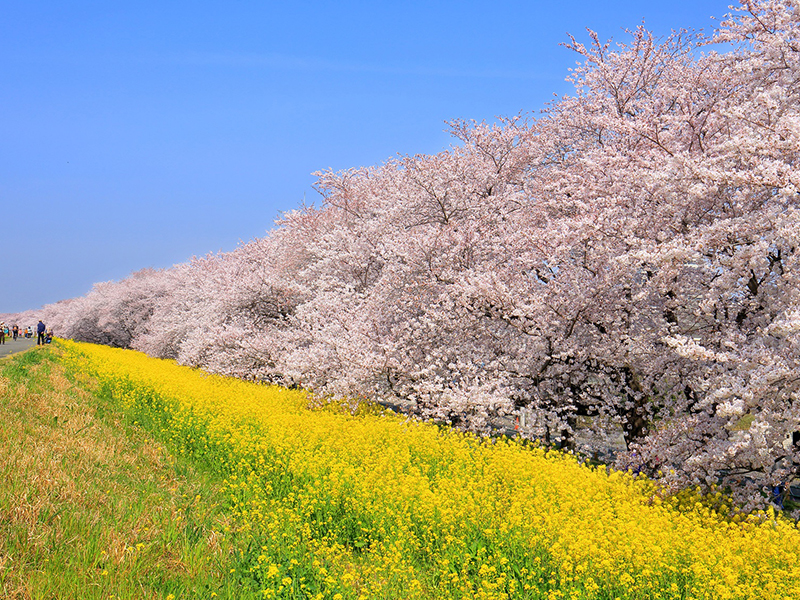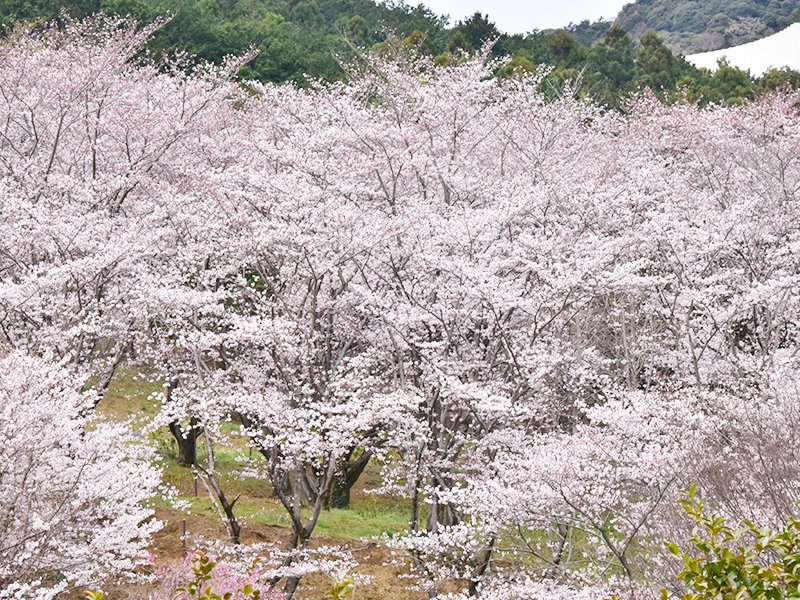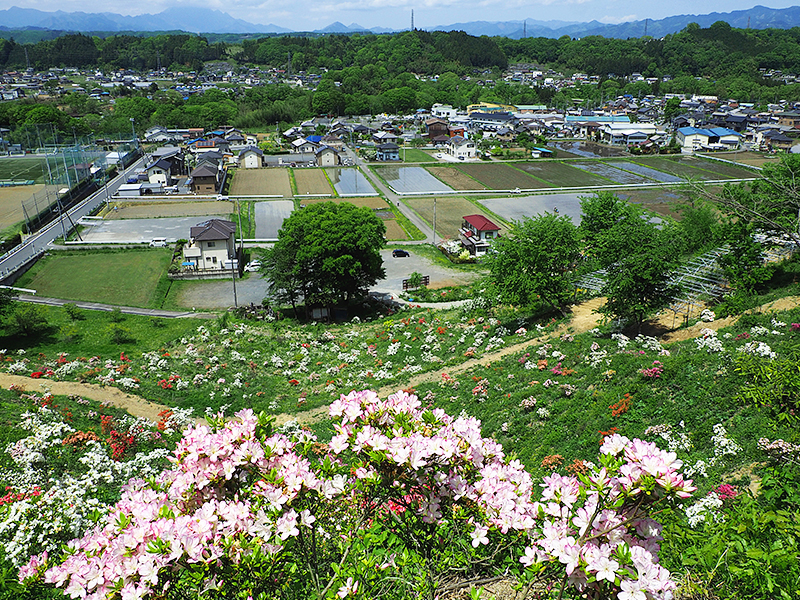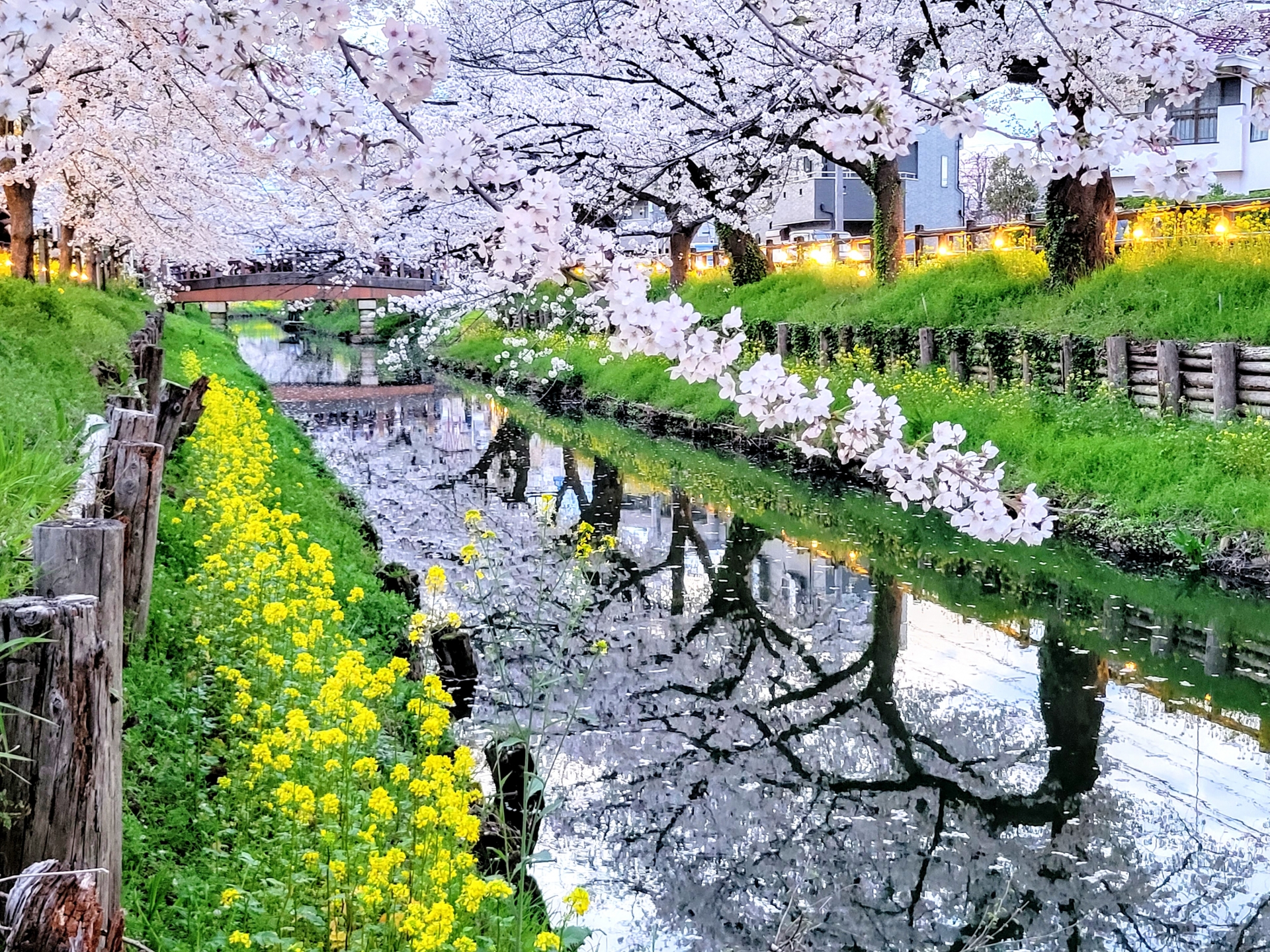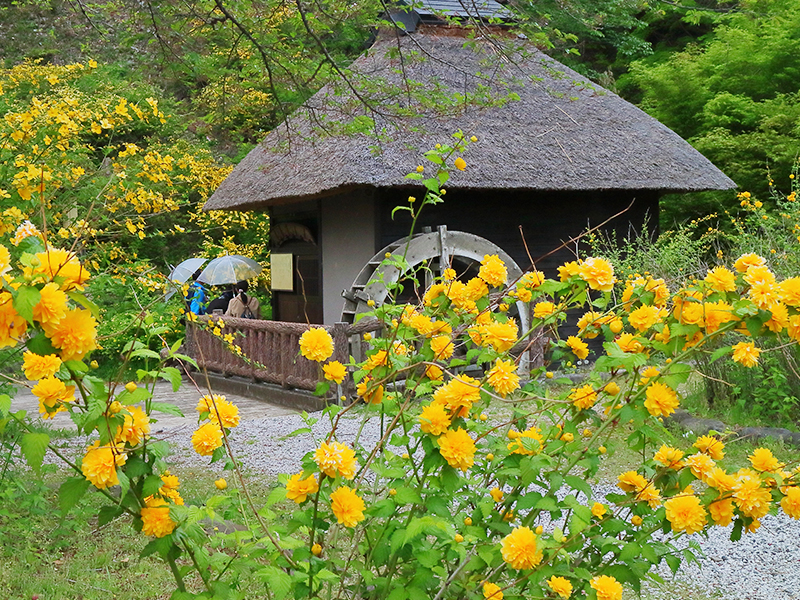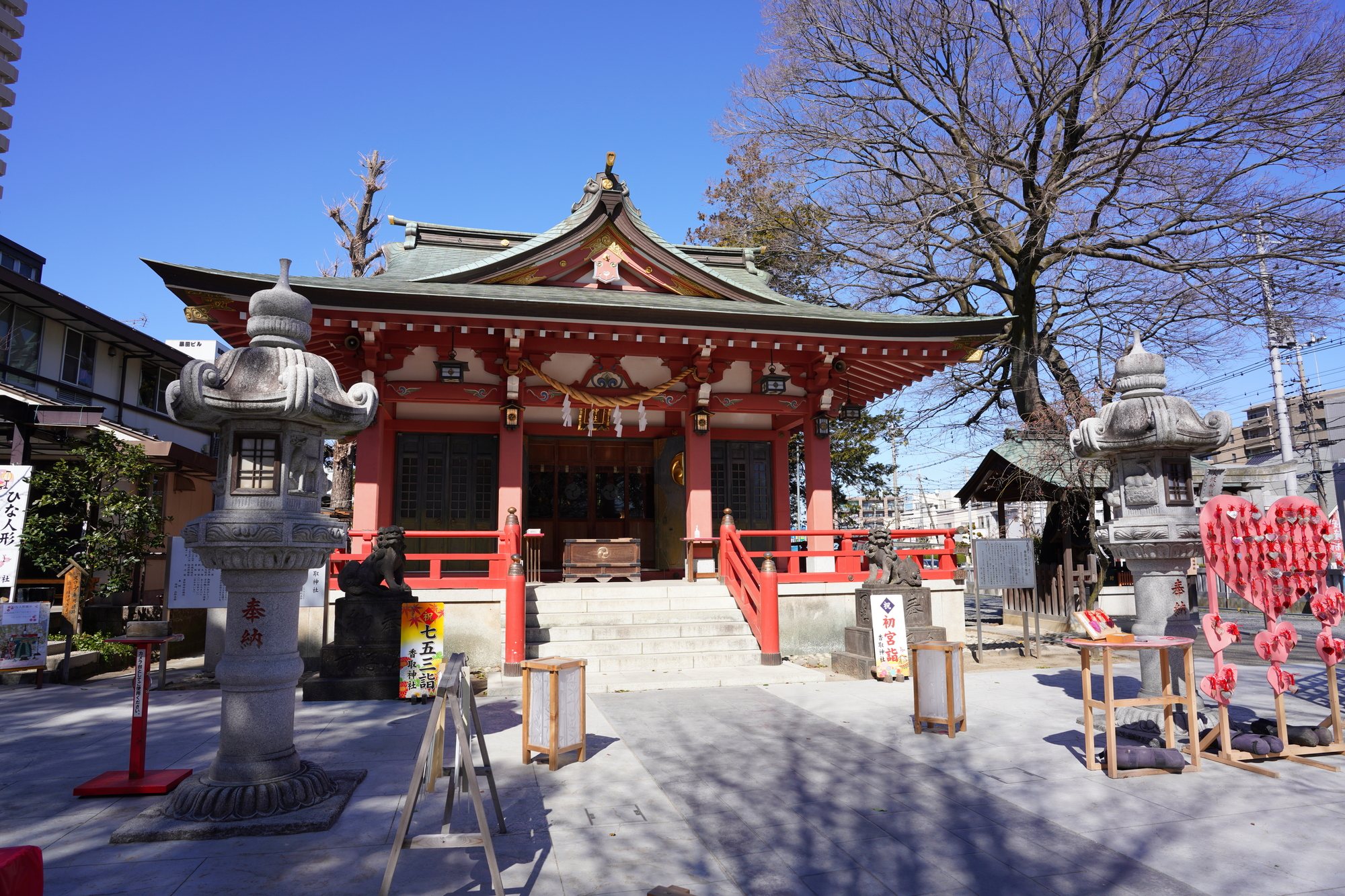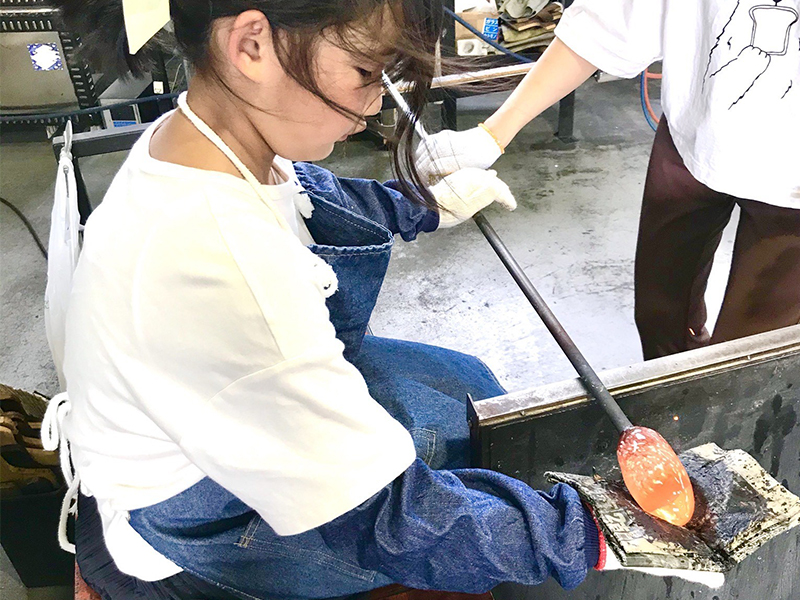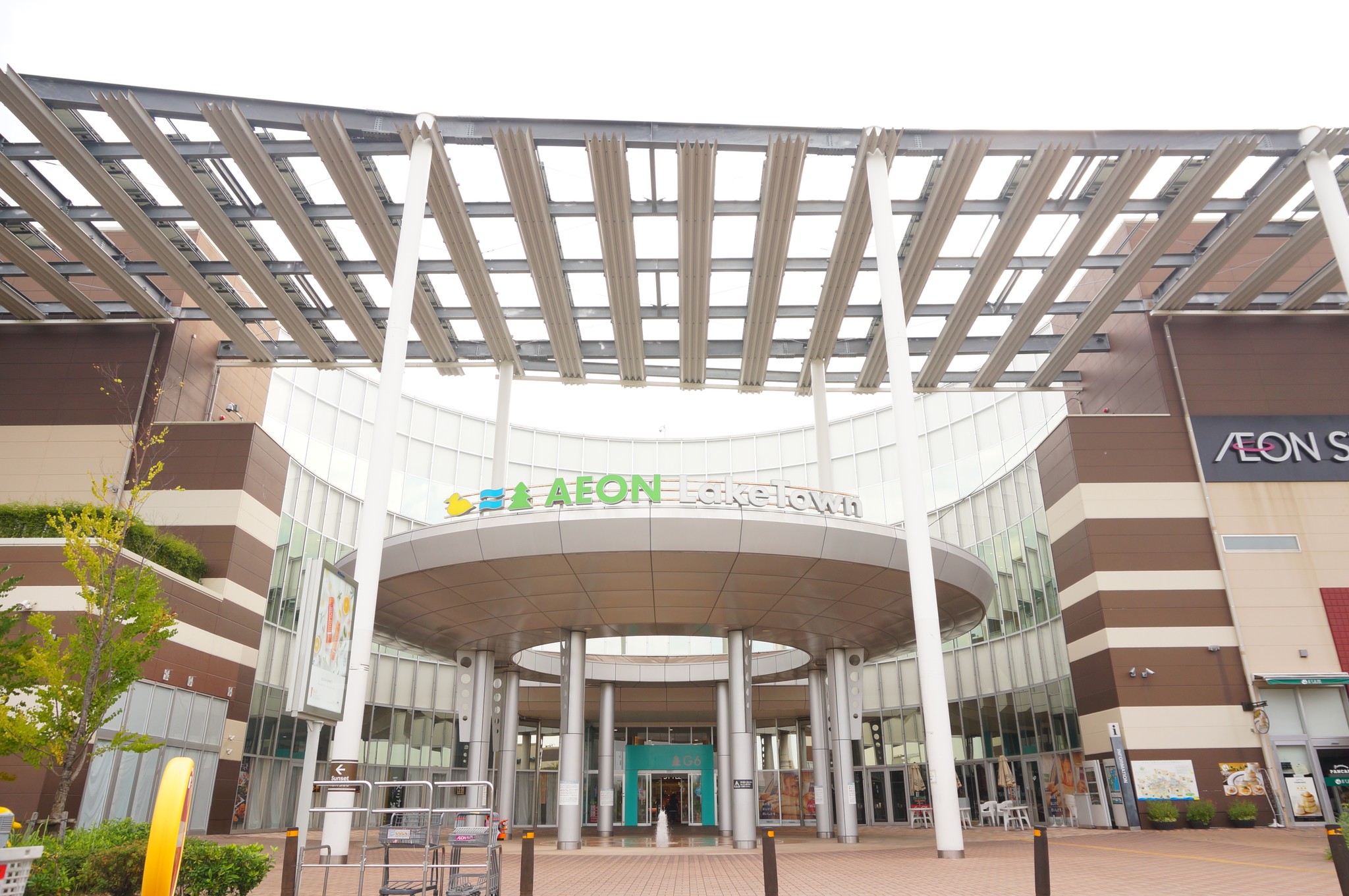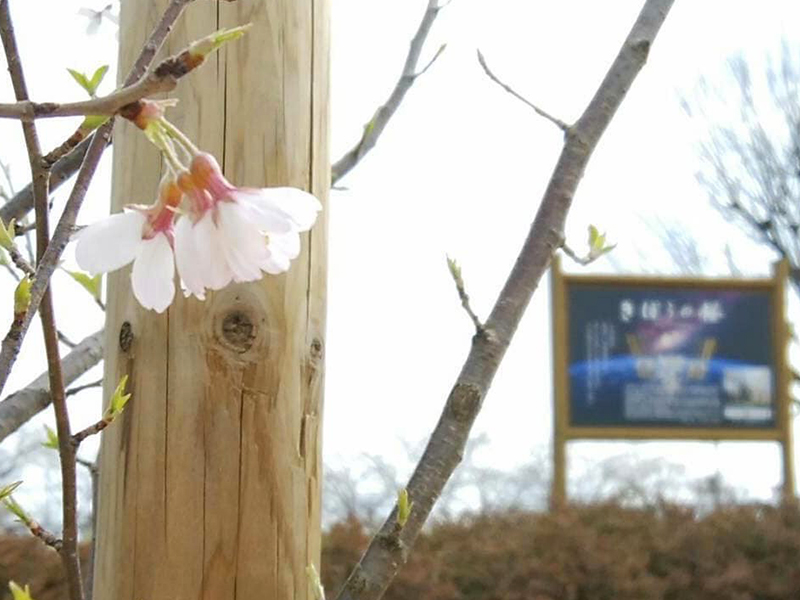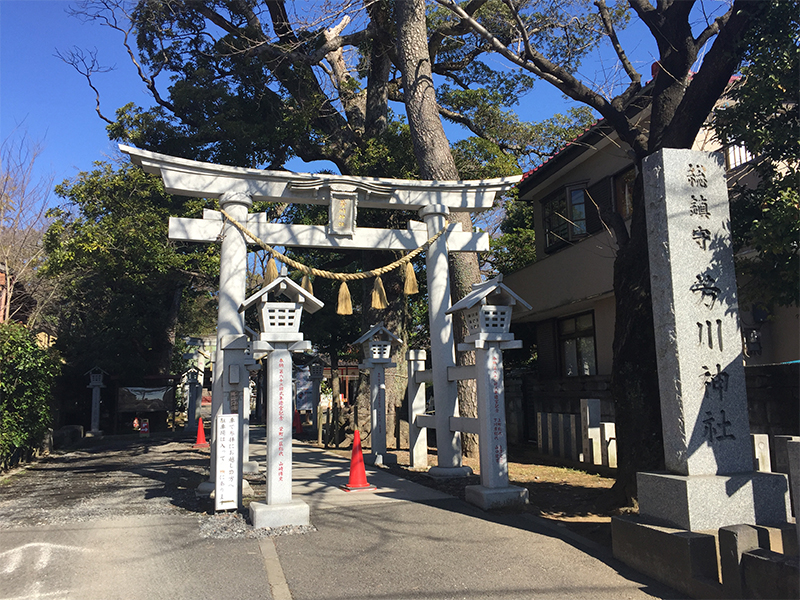Hanataen
sightseeing

Hanataen is a traditional Japanese strolling pond garden (kaiyu shiki teien) of about 2 hectares, with a characteristic wooden bridge centered on a beautiful pond, a tea room built in Sukiya style, a man-made hill overlooking the garden and elegant stone lanterns. Various trees such as cherry blossoms and plums also grow, and you can enjoy the seasonal flowers and foliage. In addition, the garden is adjacent to Saitama Prefecture's only outdoor Noh (traditional theater) stage, Koshigaya Noh Theater. A great place to both enjoy the beauty of Japan's culture and the four seasons.
Basic Information
Location
6-6-2 Hanata, Koshigaya City, Saitama Prefecture
TEL
048-962-6999
Home page
Business hours / Fee
Business hours
From April 1st to September 30th 9:00 am to 5:00 pm * During the period on the left, only Saturdays, Sundays, and holidays until 7:00 pm (excluding the tea room)
From October 1st to March 31st 9:00 am to 4:00 pm
From October 1st to March 31st 9:00 am to 4:00 pm
Regular holiday
Year-end and New Year holidays (December 28-January 3) * The park may be temporarily closed if necessary for management purposes.
Fee
100 yen (free for children who do not reach elementary school)
How to get there
Public transport
Tobu Sky Tree Line "Koshigaya Station" East Exit No. 4 Bus Stop Hanada Circulation / Hanada Elementary School / Koshigaya City Library bound for Hanadaen Entrance 3 minutes walk
Tobu Sky Tree Line "Shin-Koshigaya Station" / JR Musashino Line "Minami-Koshigaya Station" Minami-Koshigaya Station North Exit No. 1 Bus Stop "Hanada / Koshigaya City Library / Koshigaya Station East Exit" Get off at Hanadaen Entrance and walk 3 minutes
Tobu Sky Tree Line "Shin-Koshigaya Station" / JR Musashino Line "Minami-Koshigaya Station" Minami-Koshigaya Station North Exit No. 1 Bus Stop "Hanada / Koshigaya City Library / Koshigaya Station East Exit" Get off at Hanadaen Entrance and walk 3 minutes
Parking
Free

